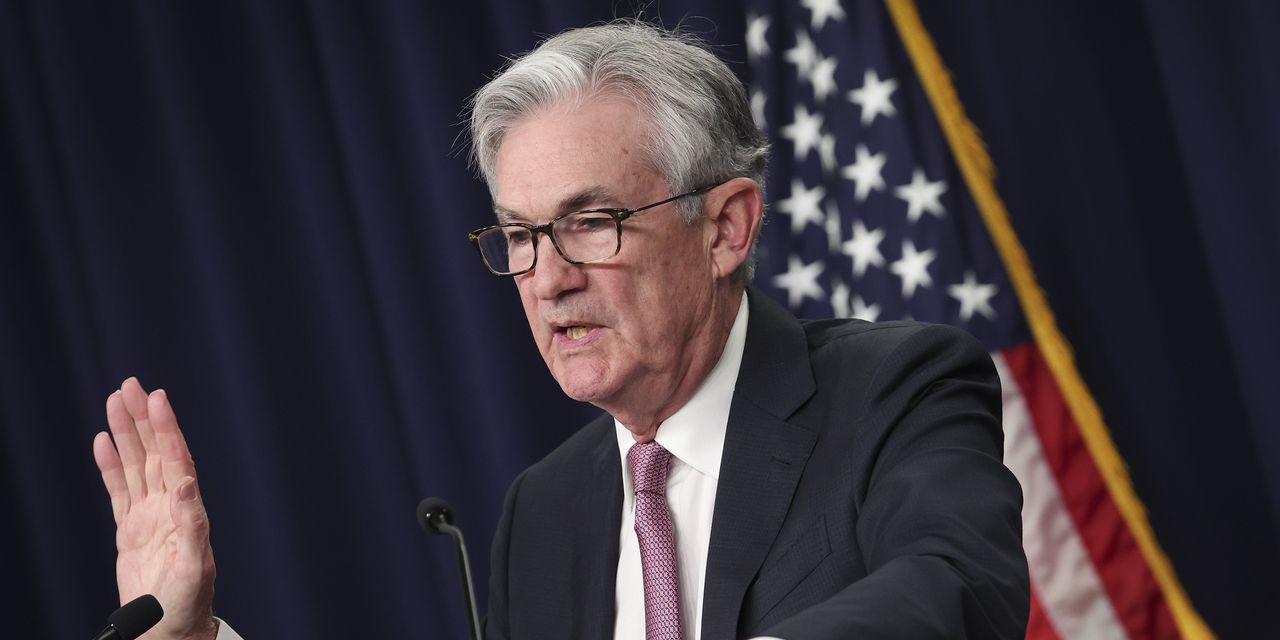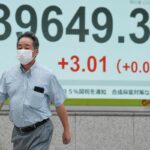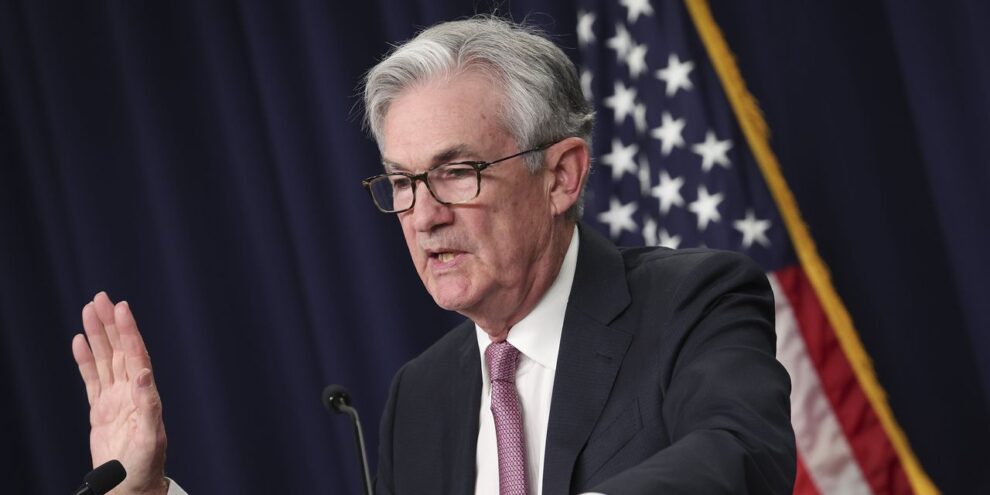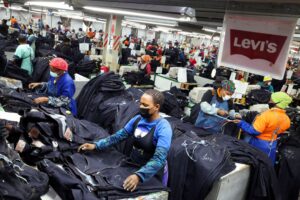
The Federal Reserve has begun to downsize its balance sheet. What does that mean for you?
First, you must understand where the balance sheet’s expansion came from and why that policy was pursued. Then the unwinding will make more sense, as will the potential for fallout. The expression is, what goes around, comes around.
In its simplest terms, balance sheet shrinkage means that the Fed is going to be selling or letting its securities holdings run off. As securities holdings dissipate, the Fed acquires reserves, draining them from the financial system.
Read: The Fed begins quantitative tightening: What that means for financial markets
The risk in this is that the Fed drains too much and creates a liquidity shortage. Or that market rates rise too sharply as markets absorb ordinary securities issuance in addition to the Fed’s run-off — all in a rising-rate environment.
In the Great Recession, when inflation fell so low that interest-rate cuts reached “the lower bound” (zero, in other words), the Fed opted not to seek negative rates, as did the Bank of Japan and the European Central Bank.
Rather, the Fed engaged in quantitative easing (QE). This policy, also known as large-scale asset purchases (LSAP), was used to stimulate the economy after the zero bound was reached and conventional stimulus was played out.
While QE/LSAP was used, it has never been clearly established how much impact it has had. Some participants have focused on how QE/LSAP had some of the same effects as traditional rate cutting.
At first, in the Great Recession, announcement of rounds of LSAP rallied the bond market and pushed the dollar lower— traditional impacts of rate cutting. But in time, it became harder to detect the impact of QE/LSAP.
When Covid struck, the Fed cut the fed funds rate to zero again and set in motion another program of steady asset acquisition, buying Treasurys and mortgage-backed securities. These programs rallied the bond market as any buyers’ purchases would. The Fed took to acquiring very large amounts of the Treasury Department’s issuance as well as substantial blocks of mortgage-linked paper, supporting the housing market by lowering mortgage rates. The Fed continued these purchases well past the time inflation rose in 2021 and set in place a slow, lingering path to taper its purchases, followed by at least a planned, jarring program of rates hikes.
QE/LSAP worked by creating demand for securities, pumping reserves into the system and by having the Fed acquire these “safe” assets, forcing the market to buy riskier assets, hence the runup in the stock market. That is partly how asset purchases work. So, beware asset sales.
This is a concern that is quite separate from those concerns that the Fed is well behind the curve with inflation out in front of it. Markets are worried that the Fed has not gotten rates high enough and that it will use QT and LSAS (quantitative tightening and large-scale asset sales … more like LSARO for large-scale asset run off) to mop up too much liquidity and create functioning problems in financial markets even as inflation soars.
As the Fed stops supporting markets with asset purchases and instead leaves more supply for the private sector to absorb, the upward pressure on interest rates could intensify. Already mortgage rates are rising as the Fed hikes rates and as longer-term rates rise. Selling mortgage-related paper should also widen the spreads to Treasurys increasing further the rates paid on mortgages. That will challenge even this hot housing market.
On some level it is reasonable to ask if the added tightening by QT/LSAS can make up for the too-low level of interest rates. It could. But the issue with interest rates now is that they need to be raised too-high, too-fast, at least by historic benchmarks, to permit growth to continue. It’s not clear how QT/LSAS might more benignly assist rate hikes.
The real question is whether there is any path for QT/LSAS and rate hikes that can tame inflation quickly enough to restore financial confidence and yet not create a recession. Many are skeptical of this, and I am one of them.
As the Fed sheds assets, we can expect the yields to rise more on those assets it sheds. It is expecting to let its holdings to mature and run off. These liquidations for Treasurys occur at auction times so it will mean that the Fed is not renewing its holdings (not rolling them over, in market parlance) and that will place more burden on the private sector to buy the paper and maturities once held by the Fed. For now, the Fed plans to let its holdings mature rather than to execute potentially more disruptive outright asset sales.
It would be a big enough challenge for the Fed simply to be trying to make a reduction in its balance sheet. But, in fact, it is doing it under duress and with the need to hike rates and slow galloping inflation. All of this puts a great burden on the Fed to get things right — to try to get too many things right, at exactly the right time.
And yet the Fed also faces an economy coming out of a recession of only a year ago with fiscal excesses, with lingering supply chain issues, with a dislocated work force that has been scared by Covid, and with oil prices that are still swirling to higher levels as OPEC policy, the Russia-Ukraine war, and the president’s insistence to push his green agenda, place more challenges on top on an economy already maxed out with challenges.
This is not just a perfect storm. This is a perfect storm coinciding with a mega hurricane and the quintessential earthquake/tsunami all at once. Frankly, betting the long shot in the Belmont horse race makes more sense than betting on the Fed avoiding recession from this situation. It could happen. And I could win Powerball.
Robert Brusca is chief economist of FAO Economics.









